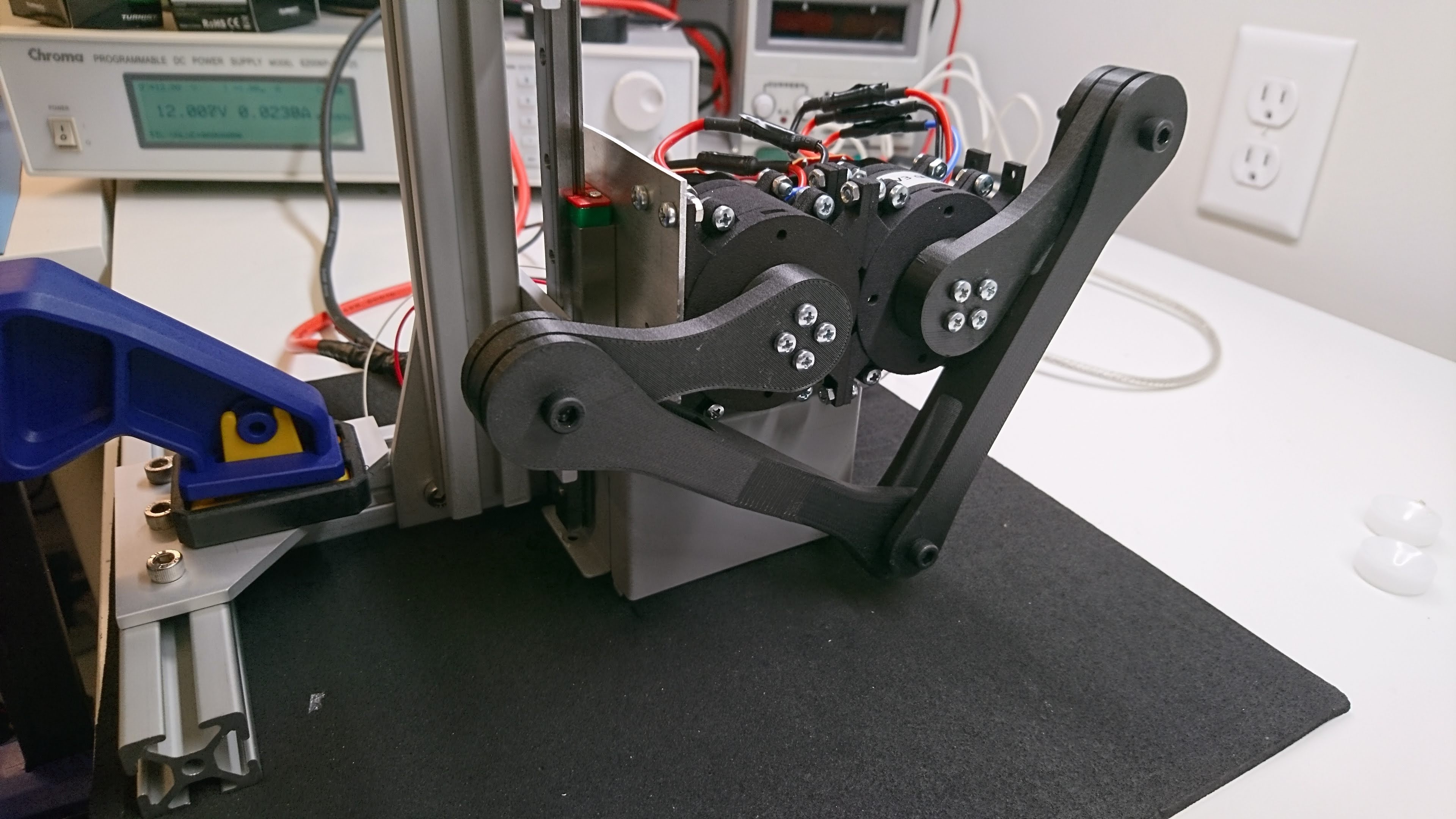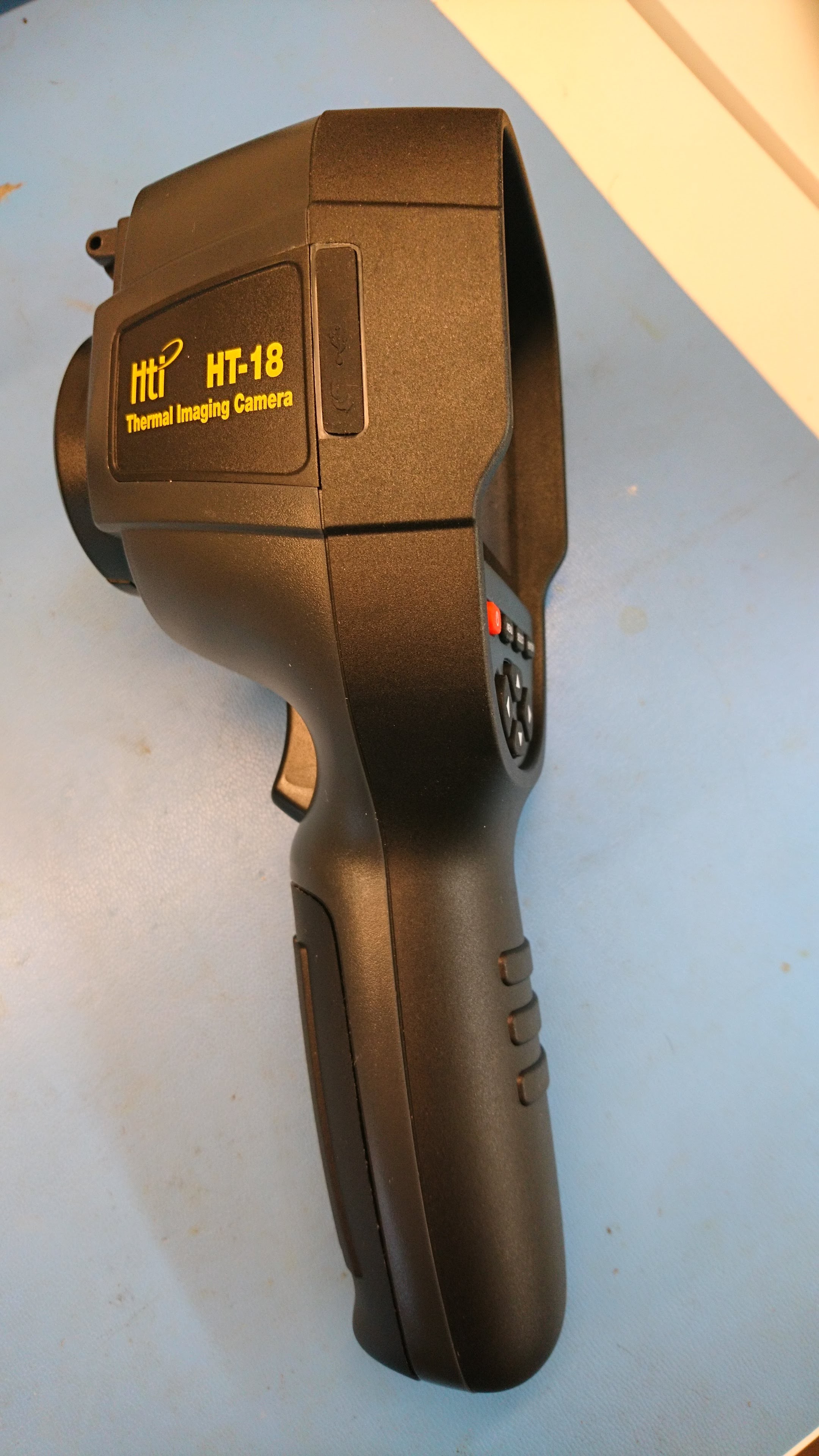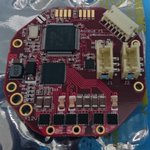bazel for opencv
The next level of difficulty in bazel-ifying packages for mjmech was opencv.
First, for the impatient, Apache 2.0 licensed sources are available on github: https://github.com/mjbots/bazel_deps/tree/master/tools/workspace/opencv
OpenCV’s native build system consists of nearly 200 cmake files with over 20,000 total lines of code, plus assorted helper scripts and prototype files which are substituted into. Fortunately, I didn’t need to support the full complexity of the opencv build system. Things I didn’t bother to touch:




